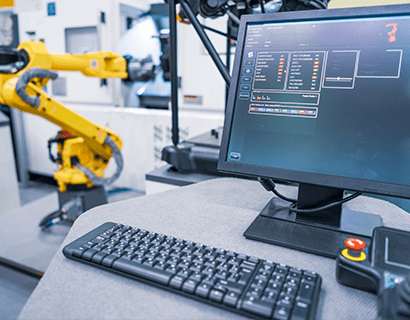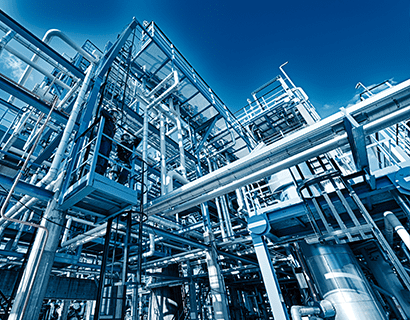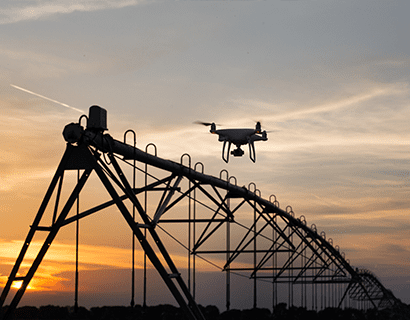Drone & Robotic Inspection
A comprehensive inspection and maintenance service
Here at #thinkNDTi we utilise the power of drones and robotics to allow inspection in places previously inaccessible to humans. Our team of highly skilled and experienced operatives are on hand for all your inspection requirements across the whole of the U.K.
Why use drones and robotics?
Drone and robotic inspections represent a paradigm shift in the field of non-destructive testing (NDT), harnessing automation, mobility, and advanced sensors to provide unparalleled access to remote, challenging, and hazardous environments. These technologies enable the capture of visual, thermal, and spatial data from locations that would otherwise be inaccessible or perilous for human inspectors. Drones and robots serve as invaluable allies in the pursuit of comprehensive inspection, maintenance, and exploration.
The drone & robotics inspection procedure
Want a chat?
Take me back
Advantages of drone & robotic inspection
Visual inspection offers several notable advantages:
Cost-Effective: It is cost-effective, as it does not require expensive equipment or specialized training.
Accessibility: Visual inspection can be performed by trained personnel and is accessible across a wide range of industries.
Real-Time Observations: Inspectors can make real-time observations and immediate decisions regarding the subject’s condition.
Versatility: It can be applied to various materials, components, and structures, making it a versatile tool in quality assurance and maintenance.
Complement to Other Methods: Visual inspection can complement other NDT methods, enhancing the overall assessment of a subject’s condition.

The versatility of drone and robotic inspections extends across an array of industries, including infrastructure, energy, agriculture, and manufacturing. In infrastructure, drones and robots are deployed to assess bridges, dams, and skyscrapers, conducting visual inspections and structural assessments. In the energy sector, they navigate complex facilities such as oil refineries, power plants, and wind farms to inspect equipment, pipelines, and installations. In agriculture, drones provide crop monitoring, precision agriculture, and irrigation analysis. In manufacturing, robots enhance production line inspections, quality control, and assembly processes.

Drones:
Drones, or unmanned aerial vehicles (UAVs), are airborne platforms equipped with cameras, sensors, and thermal imaging systems. They offer the capability to inspect large structures, vast terrains, and remote areas from aerial perspectives. Drones excel in visual and thermal inspections, providing bird’s-eye views and capturing data to assess structural integrity, detect anomalies, and monitor environmental conditions. They have become indispensable in tasks such as pipeline inspections, roof assessments, and environmental monitoring.
Robotics:
Robotic inspections utilise ground-based or submersible devices equipped with cameras, sensors, and manipulators. They are designed to navigate confined spaces, subterranean environments, and challenging terrains. Robots excel in tasks that involve intricate visual inspections, material sampling, and precise measurements in locations that are difficult or dangerous for humans to access. They play vital roles in inspecting sewers, nuclear reactors, underground tunnels, and underwater pipelines.

